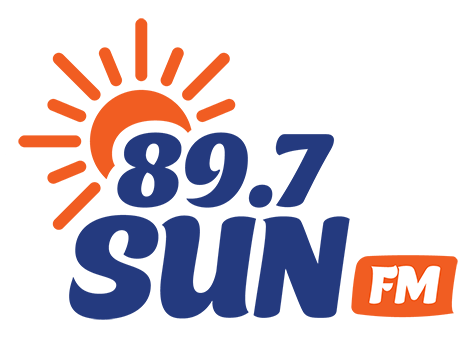Thirteen communities on Vancouver Island and the Sunshine Coast are getting a boost from the provincial government.
As part of B.C.’s $10-billion COVID-19 response, through the Rural Economic Recovery (RER) program, grants are on the way to support rural projects aimed at immediate job creation through construction as well as upgrades to current infrustruce to help rural communities grow and diversify their economies.
On Vancouver Island, 11 communities are getting a helping hand. They include:
- The Huu-ay-aht First Nations in Bamfield will receive $510,340 for a Campground Expansion which will add new sites, trails and service upgrades, and an access road at Pachena Bay Campground.
- The Town of Comox will receive $1 million for a new Marine Services Building which will be used as an indoor and outdoor commercial and retail space at the Comox Marina.
- Ditidaht First Nation will receive $409,871 for Marine Access Revitalization. The money will be used to expand and upgrade the dock, including platform, fencing, pedestrian ramp, lighting and interpretive kiosk.
- The Malahat First Nation will get $999,281 for the Malahat Business Park Infrastructure Expansion. It will be used for the final stage of clearing, grading and services for light industrial development.
- Mount Cain Alpine Park in the Regional District of Mount Waddington Area D will receive $874,000 for a new Day lodge. The money will be used to house services and support move to summer operations.
- The Kwikwasut’inuxw Haxwa’mis First Nation will be getting $274,971 for a project to Revitalize the Shores of Gwa’yas’dums – Buddy Bay Campground. That includes assessments, design and construction of kayak-accessible Buddy Bay campground.
- The Pacheedaht First Nation will receive $992,589 for a Campground Expansion, which will include adding serviced and unserviced camp sites, service additional sites, washroom facilities and parking, and improve access.
- The WorkLink Employment Society, Mobile Visitor/Business Information Center in Port Renfrew will get $280,000 for trailer renovations, landscaping, services for a visitor centre that can be relocated.
- The Parksville and District Chamber of Commerce will be receiving $620,000 for a Mid Vancouver Island Micro- fulfillment Centre to help construct a scalable and modular warehouse for storage and shipping of local business goods.
- The Tlowitsis Nation will get $352,583 for the Redevelopment of the Naka Creek Campsite, to help convert the campsite to fee-for-service and upgrade facilities.
- The Salt Spring Abattoir Society will be getting $222,525 for a Salt Spring Abattoir Expansion, which will increase processing capacity to support farmers and meet the demand for local meat.
On the Coast, two communities are getting a helping hand. They include:
- The qathet Regional District Area C will be getting $1 million to help with the Powell River Airport Runway Extension Phase 1. The money will be used to cap landfills to allow for runway expansion to support deliveries and passenger flights.
- The Klahoose First Nation on Cortes Island will get $361,590 for a Klahoose First Nation Marine Access Revitalization, to help improve facilities, including dock extension, fish cleaning station, covered gathering area, boat ramp and parking.
B.C’s Minister of Forests, Lands, Natural Resource Operations and Rural Development. Katrine Conroy says these funds will help keep local economies alive as they deal with the pandemic.
“Our government is connecting communities with the resources they need to create jobs and new economic opportunities,” said Conroy.
“This has been a challenging year for British Columbians, and the remoteness of some rural communities can mean additional challenges. These grants will have a positive impact as communities manage through COVID-19 and beyond.”
To learn more about the Rural Economic Recovery program, visit the Government of British Columbia’s website.






